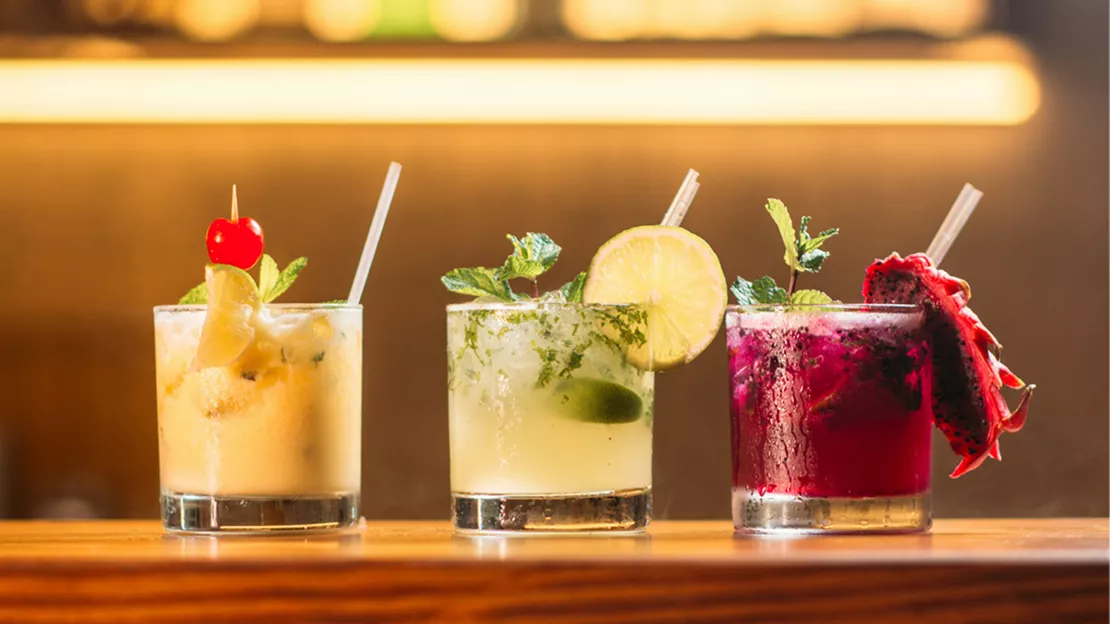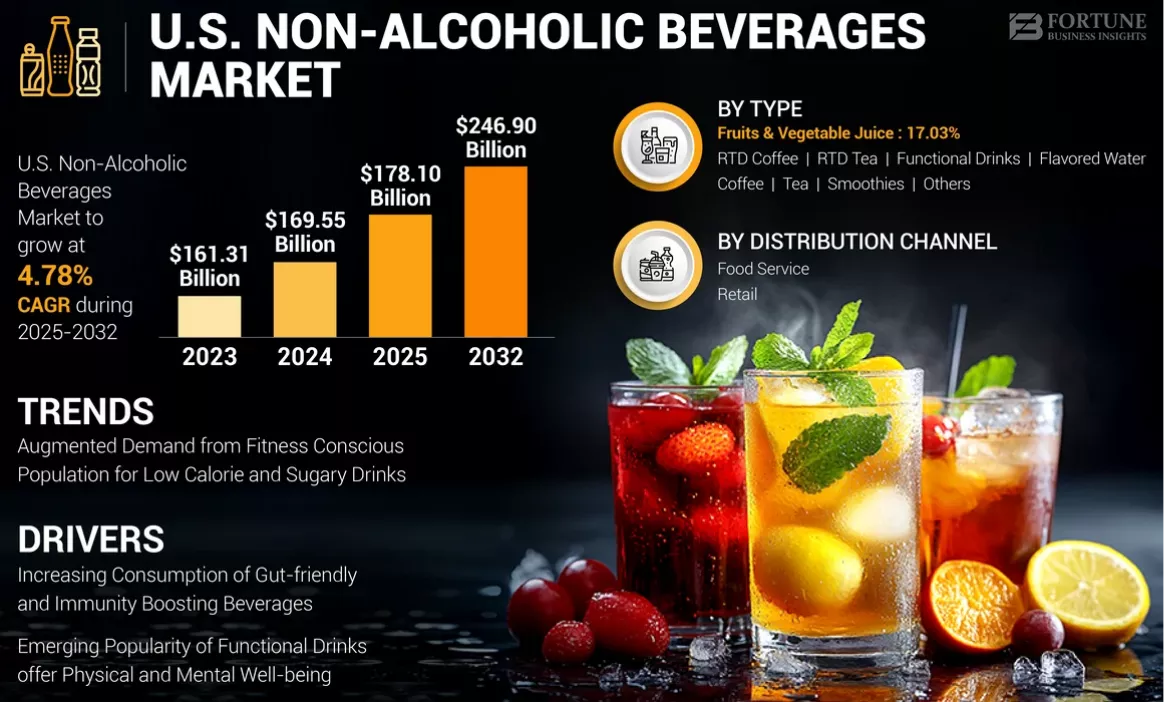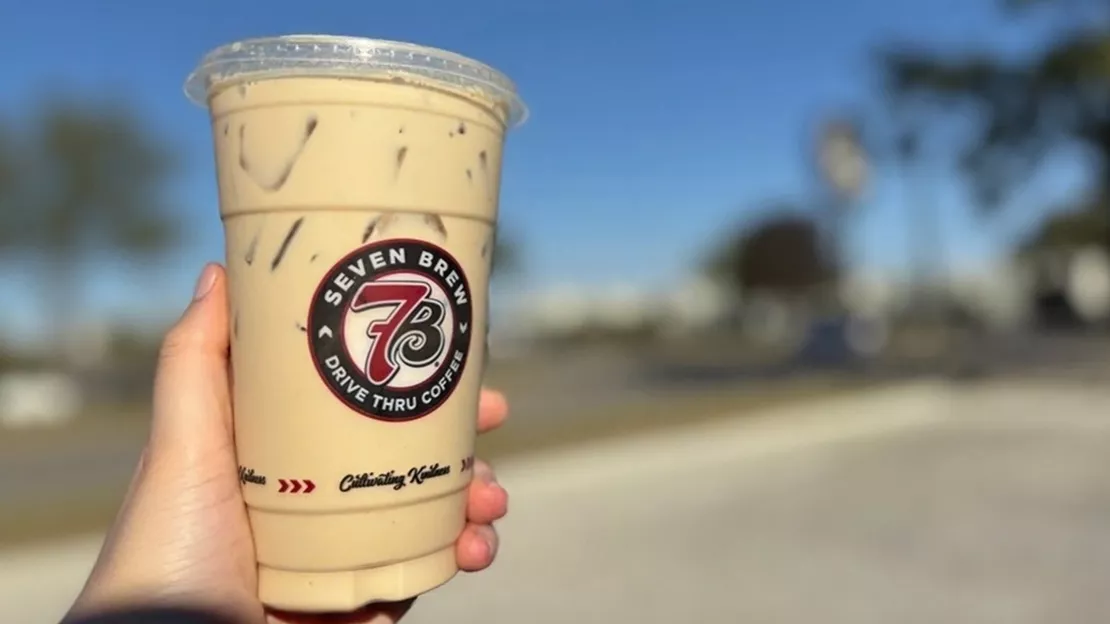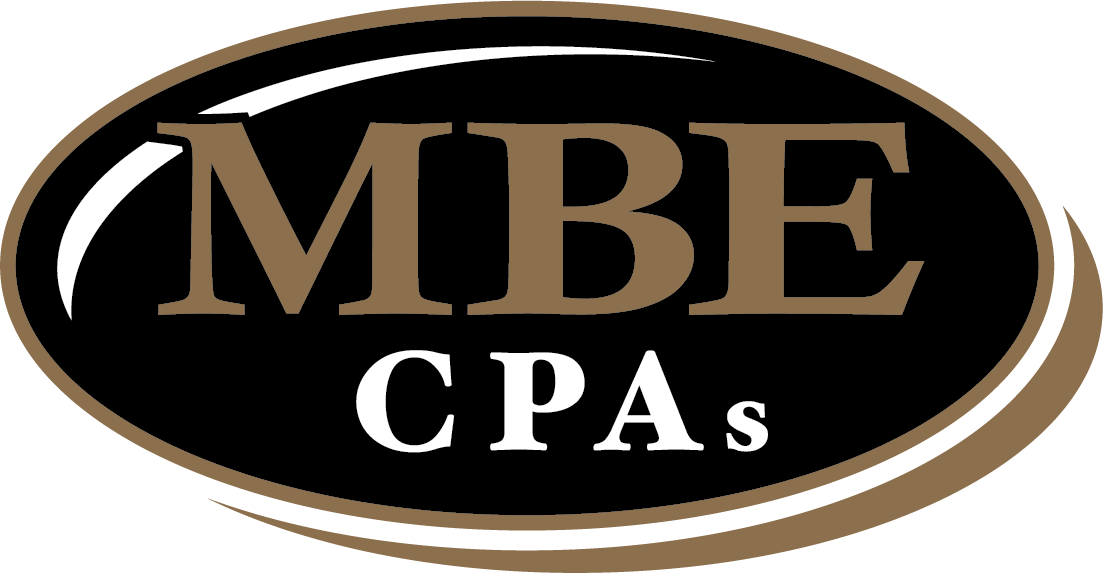Pouring More Profits with Smarter Drink Menus

Authored by: Kim Wegner — Partner, CPA, CVA, CGMA | Date Published: October 22, 2025
Featured Topics:
In the morning, a regular walks to the coffee shop next door for an oat milk latte. At lunch, someone orders water with their burger because nothing on your menu grabs their attention, costing you an easy add-on sale. In the afternoon, a group of friends pass your window on their way to the smoothie bar, looking for something colorful to share online. On Friday night, the designated driver is offered only soda or iced tea while everyone else browses the wine list.
These aren’t lost customers. They’re choosing your restaurant for meals but going elsewhere for the drinks they want. That morning, the latte customer would grab breakfast if you offered the coffee drink she craved. Those Friday night diners would stay longer and spend more if their non-drinking friend had an exciting option beyond soda. The afternoon crowd seeking a pick-me-up would choose your refresher over the smoothie bar if they knew you had one.
Your food menu brings them in for meals. But your beverage menu determines whether they think of you throughout the entire day. Right now, you’re splitting their spending with the coffee shop, the juice bar, and the cocktail lounge. What if you could capture more of those beverage dollars and turn drink orders into your next major revenue stream?
Can Beverages Create New Revenue Windows?
McDonald’s recently launched a test of premium beverages in over 500 locations, including refreshers and specialty cold brews, which aim to replicate the success of dedicated beverage concepts. Starbucks just added protein-fortified lattes and new Starbucks cold foam flavors to their permanent menu, with some drinks containing up to 36 grams of protein per grande serving. These moves signal a major shift in how the food and beverage industry trends are developing as restaurant operators increasingly target snack-and-drink dayparts with specialty beverages.
The afternoon daypart represents one of the biggest untapped opportunities in the food service industry. When customers want a pick-me-up but aren’t looking for a full meal, an exciting beverage menu gives them a reason to choose your location. Think about your own operation. That 2 p.m. to 5 p.m. window when your kitchen staff is prepping for dinner? The mid-morning hours between breakfast and lunch rushes? Late evening, when customers want something lighter than a meal? Each of these represents a chance to drive incremental sales without significantly increasing labor costs.
What Makes a Beverage Strategy Profitable?
The math behind beverage diversification is compelling. Let’s break down why specialty drinks deserve attention in your financial planning.
Lower Labor Requirements
Beverage preparation typically requires less labor intensity than food preparation. Your team can produce multiple specialty drinks in the time it takes to prepare a single entrée. During slower dayparts, existing staff can handle increased beverage volume without adding headcount.
Inventory Management Considerations
Eight in 10 Americans report prioritizing protein in their daily diet, which explains why health-focused ingredients are gaining traction. However, premium ingredients do require careful planning:
- Monitor shelf life for fresh ingredients (fruit, dairy alternatives, specialty syrups).
- Allocate storage space for beverage components.
- Build supplier relationships to manage costs on trending ingredients.
- Forecast demand accurately to minimize waste.

The key is starting with a focused menu. Test two or three new beverages before expanding your selection. Track sales by daypart to understand which offerings resonate with your specific customer base.
How Do You Know Which Drinks to Offer?
Start by studying the concepts that have turned beverages into their entire business model. The Swig franchise has built an entire operation around “dirty sodas,” which are sodas mixed with flavored syrups and cream, creating customizable drinks that customers love to share on social media. 7 Brew offers over 20,000 drink combinations through their coffee and energy drink customization options. These aren’t traditional restaurants, but they’re capturing beverage spending that could be happening at your location.
The lesson here? Customers want drinks that feel special and personalized. For full-service restaurants, this might mean creative variations, such as innovative Old Fashioneds, apple and espresso martinis, or beverage flights featuring three or four variations of the same drink served in different ways. Fine dining establishments are expanding their offerings to include inventive beverage pairings, ranging from well-crafted cocktails to alcohol-free concoctions.
For quick-serve operators, the focus shifts to convenience and speed. Beverages at restaurants need to be both Instagram-worthy and quickly produced. Consumer interest is driving much of this growth, with the National Restaurant Association highlighting the top beverage trends expected to shape 2025. For full-service restaurants, consider:
- Mocktails and low-alcohol options: Attract health-conscious and sober-curious consumers.
- Coffee innovations: Highlight premium cold brews, nitro options, and seasonal flavor profiles.
- Functional beverages: Feature drinks with added protein, immunity boosters, and energy-focused options.
- Customization opportunities: Offer build-your-own flavor combinations to increase check averages.
Your existing customer data reveals what works. Review your current beverage sales by time of day. Notice when customers choose beverages without placing a food order. Survey your regulars to find out what they would like you to offer.

What Does Menu Engineering Tell Us About Beverage Innovation?
When you add new beverages to your menu, track two things: how much you make on each drink and how often people order it. This helps you understand what’s worth keeping and what needs adjustment.
Your best-selling drinks are the ones customers order frequently, which also generate good revenue. Put these front and center on your menu and make sure every staff member knows how to recommend them. Some drinks may be popular, but they don’t generate much profit. Look for ways to add premium options or upcharges to improve those margins.
If you have a drink that generates great profit, but nobody orders it, the problem is likely a lack of awareness. Your staff might not be suggesting it, or it may be buried on page three of your menu. Move it to a better location and train your team to discuss it.
The drinks that don’t sell well and don’t make much money? Those are taking up valuable menu space and complicating your inventory. Consider removing them to make room for something better.
When introducing new beverages, position them where customers naturally look on your menu. Train your staff to recommend specific drinks during different dayparts. A matcha with added protein makes sense as a morning alternative to coffee. An afternoon refresher pairs perfectly with a light snack.
Pricing strategy matters significantly. Don’t underprice specialty beverages just because they’re drinks. Customers who seek out premium options expect to pay for quality ingredients and unique flavor profiles. Your pricing should accurately reflect the value you deliver.
Where Should You Start with Diversification?
Begin with a single daypart that needs the most support. For many operators, that’s the afternoon slump.
Choose two complementary beverages that:
- Select overlapping ingredients to reduce inventory needs.
- Prepare with existing staff and minimal training.
- Appeal to your current customers.
- Provide sufficient margin to justify the menu space.
Test for 60-90 days and track these metrics:
- Track sales volume by daypart.
- Monitor attachment rates to food items.
- Measure the average check increases when beverages are added.
- Gather customer feedback through direct comments and online reviews.
- Analyze inventory costs and waste percentages.
The data will guide your next moves. Perhaps you discover that afternoon refreshers perform well, but morning options need improvement. Perhaps your full-service evening crowd loves craft mocktails, but quick-serve lunch customers want faster options.
Making the Numbers Work for Your Restaurant
Your quiet afternoon hours don’t have to stay quiet. With the right beverage strategy, those gaps become profit centers that require minimal additional overhead while building customer loyalty and increasing per-customer revenue.
The financial side of beverage innovation can get complicated quickly. From calculating true profit margins on specialty drinks to managing inventory costs for new ingredients, the numbers need to work before you expand your menu. At MBE CPAs, we help restaurant operators understand the financial impact of menu changes, model various pricing scenarios, and track the key metrics that matter most for growth.
Whether you’re testing your first specialty coffee line or building a mocktail program, we can help you make informed decisions based on solid numbers, not just gut feelings. Ready to discuss how beverage diversification aligns with your financial situation? Let’s connect and build a strategy that works for your operation. Contact us today to schedule a consultation and start maximizing your beverage profits.
